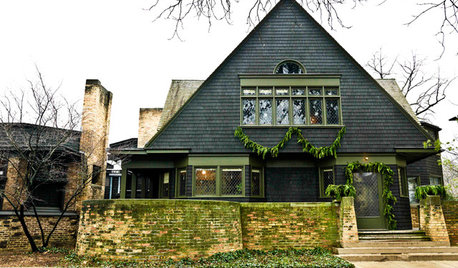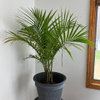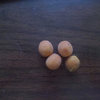Obituaries for an L.A. Icon Were Premature
Obituaries for an L.A. Icon Were Premature
By John Pomfret
Washington Post Staff Writer
Tuesday, December 5, 2006; A02
LOS ANGELES -- When the City Council of America's second-biggest city voted unanimously last month to limit the planting of one species of palm tree, little did it know it would spark a media frenzy that would span the globe. Within weeks, news outlets across the United States and in Latin America, Australia, Britain, Russia, China and Japan reported that Los Angeles's signature tree, made famous in movies and postcards, was yesterday's news.
The only problem: "The story wasn't true," said Janice Hahn, the council member who wrote the motion. "We're not getting rid of our palm trees."
The confusion began a day after the City Council voted, when the Associated Press ran a 138-word blurb reporting that the city planned to replace "the tall, skinny palm trees that have come to define Los Angeles" with indigenous species such as oaks and sycamores, once the palms died. The story said the policy change would take place as part of Mayor Antonio R. Villaraigosa's (D) program to plant 1 million trees in Los Angeles.
News agencies cranked into high gear, interviewing officials about the end of Los Angeles's palms and the passing of a Southern California icon into the setting sun. Some arborists who raised doubts about the interpretation of the council's motion found their comments on the cutting-room floor.
In reality, the motion was aimed at limiting the planting of only one kind of palm tree, the Mexican fan, which has a scrawny trunk and can grow well over 100 feet tall. (The tallest one in California, in Beverly Hills, checks in at 123 feet.) The motion made clear that other types of palms, such as kings and queens, which are leafier and throw more shade, would still be allowed to grace L.A.'s streets. And a subsequent e-mail from the city's chief forester to arborists in the city indicated that the Mexican fan would continue to be planted as well.
Part of the confusion has to do with the mayor's much-vaunted million-tree initiative. Villaraigosa announced it during his election campaign in 2004 as part of an effort to improve Los Angeles's environment.
The city, despite its balmy weather, is practically bald. Only 17 percent is covered by tree canopy, compared with the nationwide urban average of 28 percent. Trees shade only 5 percent of Hahn's district, in the city's south.
This shortage of trees has combined with an abundance of pavement to create something experts call an urban heat island. Los Angeles's urban heat island is the world's hottest. The average temperature here has increased about 1 degree Fahrenheit per decade. In the 1930s, 100-degree summers were unheard of. Today, they are normal. Air conditioning costs are high; skin cancer rates are climbing.
One way to lessen this problem is to plant more shade trees such as oaks, sycamores and liquid ambers. That means Los Angeles will inevitably place less emphasis on planting palms, which cast little shade, Hahn said. "But we still love our palm trees."
Another issue is diversity among the city's tree population. Los Angeles has about 700,000 street trees, according to a census taken by the Department of Public Works. About 60,000 are palms.
Following the publication of one article reporting that Los Angeles was doing in the palm tree, the city's chief forester, George Gonzalez, sent an e-mail to arborists informing them that the city would still be planting all of its palms. But Gonzalez stressed that he had a list of 150 other species of trees he also wanted to plant. "We still plan on using Mexican Fan Palms and other palm species," he wrote, "we will just use them more judiciously than were used years ago."
Like many things in this city -- water and people, for example -- palms came from someplace else. The regal Canary Island date palm, the type of tree that dots the Hollywood Walk of Fame, was brought to California by Spanish missionary Junipero Serra, who founded the first missions in California in the 1700s. But that palm has had trouble of late; a fungus is ripping through the population. Beverly Hills, for example, has lost or will lose more than 40 percent of its Canary Island date palms -- about 600 trees -- to the fungus. In Los Angeles, the fungus has infected trees in Echo Park and Elysian Park. Other palms, however, are generally unaffected.
Henry Donselman, a palm specialist in Southern California, said there is no likelihood that Los Angeles will ever abandon its palm trees. "It's just too popular," he said, noting that the trees are easy to transplant and that their root systems do not mangle sidewalks. "Nobody here wants to start looking like Michigan," he said. "Anyway, private people are planting them more than ever. It's part of the culture. No other plant can produce an automatic response in a person to say: 'I'm somewhere different. I've changed. I'm a new man.' "






unautreOriginal Author
j.w.madison
birdinthepalm
j.w.madison
davidcf